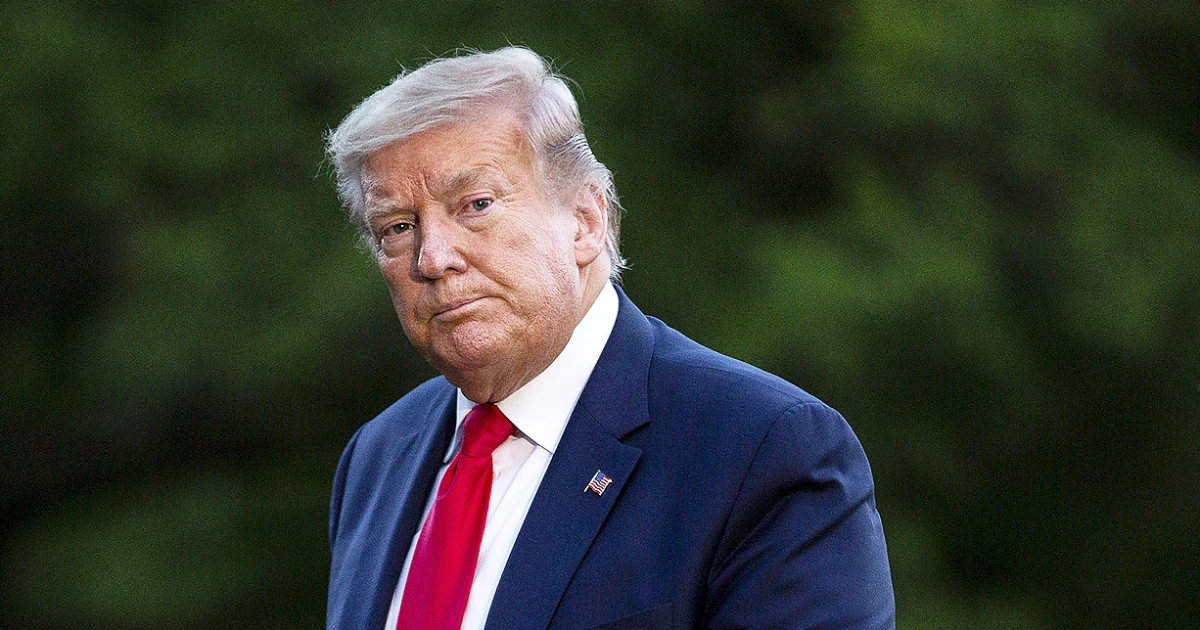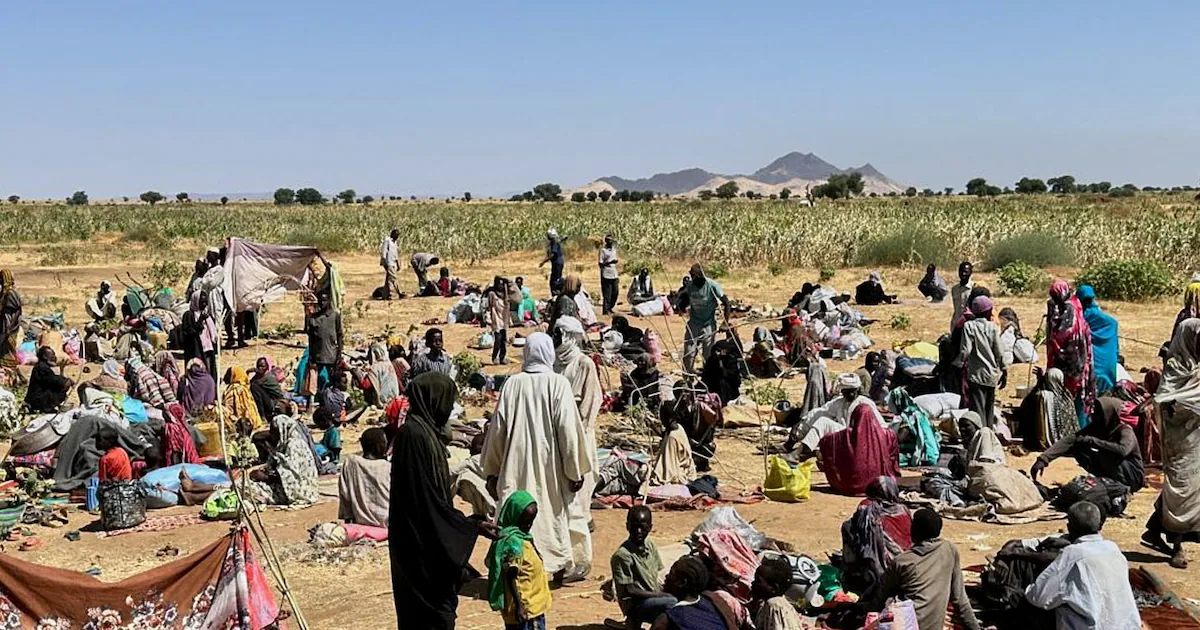Copyright MSNBC

After weeks of saying that it would tap congressionally appropriated contingency funds to provide food assistance for low-income families in November, the Trump administration abruptly reversed course last week. Now, the administration asserts it is somehow not permitted to spend contingency funds in this way and has no choice but to cut off food assistance starting this weekend. These claims do not bear even the most cursory examination. The program in question is the Supplemental Nutrition Assistance Program, or SNAP, the modernized replacement for the old Food Stamp Program. During an average month, SNAP provides food assistance to about 42 million people. About half of SNAP households contain elderly or disabled people. Of the others, about half are currently employed while most of the rest are relying on SNAP during relatively short periods of unemployment. Eligibility for SNAP is limited to those living below, or just above, the poverty line. Almost two in five SNAP recipients are children. These claims do not bear even the most cursory examination. SNAP owes much to political leaders of both parties. President Richard Nixon insisted that food assistance be available nationwide. Conservative Republicans have repeatedly partnered with liberal Democrats over decades to improve SNAP’s efficiency, effectiveness and accountability. Since adequate nutrition is essential for health and for the ability to seek and perform work, Congress insisted that SNAP “shall be furnished to all eligible households who make application.” Inclusion of sufficient funds to serve all households in annual appropriations bills has never been controversial. To ensure that SNAP continued even during government shutdowns, Congress began including contingency funds in its annual appropriations for SNAP. Unlike the rest of the SNAP appropriation, these funds remain available after the end of a fiscal year. On Oct. 1, the SNAP contingency fund contained $6 billion that was provided over the past two years. The U.S. Department of Agriculture, or the USDA, which oversees SNAP, reportedly committed about $425 million of this money to pay for states’ administration of SNAP in October. (October benefits were funded by the prior year’s appropriation.) That leaves more than $5.5 billion in the SNAP contingency reserve. The appropriation act providing that money says only that it is for “necessary expenses to carry out the Food and Nutrition Act,” which authorizes SNAP, and that the contingency funds are “for use only in such amounts and at such times as may become necessary to carry out program operations.” If SNAP would otherwise cease operations in November, it is hard to argue that spending the contingency funds is not necessary. Holding them back violates USDA’s statutory duty to “furnish [SNAP] to all eligible households who make application.” Puzzlingly, the administration now says these funds may only be spent for individuals in disaster areas. Nothing in the appropriations acts imposes any such limitations. It just says that the funds are for operating SNAP, which has both disaster and non-disaster components. Even if SNAP contingency funds were not available, Congress has given the USDA broad authority to transfer funds among food assistance programs Nobody has ever questioned that SNAP contingency funds could pay for SNAP benefits in government shutdowns. When shutdowns loomed in 2013 and 2015, the USDA issued public statements promising to pay SNAP benefits with the contingency funds. During the record 2018-19 government shutdown, the first Trump administration’s USDA repeatedly stated that it “can confirm that limited funding is available from the contingency that can be used to provide benefits.” Indeed, this administration’s “Lapse in Funding Plan” published on Sept. 30 stated, “Congressional intent is evident that SNAP’s operations should continue since the program has been provided with multi-year contingency funds. … These multi-year contingency funds are also available to fund participant benefits.” Even if SNAP contingency funds were not available, Congress has given the USDA broad authority to transfer funds among food assistance programs. Child nutrition programs started this month with about $30 billion in appropriated funds. The administration transferred $300 million of that to continue benefits in the Special Supplemental Nutrition Program for Women, Infants and Children, or WIC. That same authority would allow it to transfer the roughly $3 billion required to fully fund SNAP for November. As the child nutrition programs only spend about $3 billion per month, transferring funds to SNAP for November benefits would still leave enough in the child nutrition account to support more than half a year of those programs’ operations. Presumably they will get additional funds long before that, when Congress passes appropriations legislation to end the current government shutdown. Claims that transferring necessary funds to SNAP would endanger school meals or access to infant formula through WIC are fearmongering at its worst, wholly unsupported by the actual numbers. Government shutdowns are ugly things, and we should expect that each party will lob accusations at its adversaries. But we should not expect and should not tolerate holding hostage the food on which that 42 million vulnerable people depend, particularly when doing so violates the plain command of the law.



